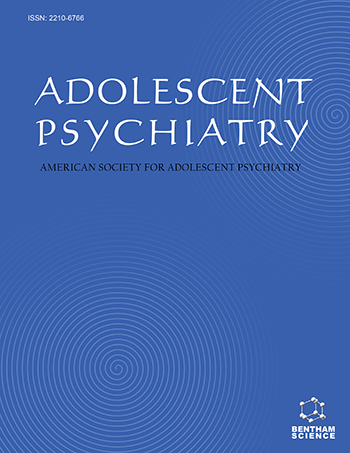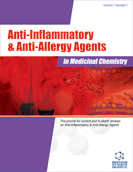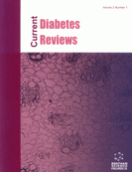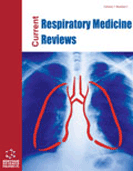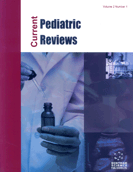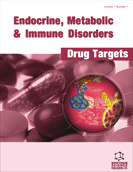Abstract
Objectives: Youth suicide is a major social and health problem world-wide. Over the last decade Turkey has become a regional power with growing regional aspirations with a young population and rapidly growing economy. The limited literature on Turkish youth suggests that suicidality is a growing challenge for Turkish youth. This study aims to examine the prevalence and risk factors of suicidal ideation amongst Turkish youth in Istanbul, its main metropolitan center.
Methods: This study analyzed responses from 31,272 students, consisting of 20 percent of the total high school (HS) student population of Istanbul. The main survey instrument was a combination of the ESPAD 2007 survey and the Youth in Europe 2012 survey, examining risk factors commonly reported in the literature. Results: Our findings indicate a prevalence of one week suicidal ideation of 25.77 %, with depression, anxiety, selfesteem, anomie, irritability, "antisocial" behavior, peer influence, and illicit substances identified as associate risk factors. Other contextual factors were significant in different student sub-groups. Conclusions: To our knowledge this is the first study with results generalizable to all HS students of Istanbul and confirms findings of similar studies with other populations of Turkish youth as well as other nations.Keywords: Youth suicide, Turkey, risk factors, epidemiology
Adolescent Psychiatry
Title:Risk Factors for Suicidal Ideation Among High School Students in Istanbul
Volume: 3 Issue: 1
Author(s): Alican Dalkilic, Hatice Burakgazi Yilmaz, Ali Unlu, Ugur Evcin, Parna Prajapati and Andres J. Pumariega
Affiliation:
Keywords: Youth suicide, Turkey, risk factors, epidemiology
Abstract: Objectives: Youth suicide is a major social and health problem world-wide. Over the last decade Turkey has become a regional power with growing regional aspirations with a young population and rapidly growing economy. The limited literature on Turkish youth suggests that suicidality is a growing challenge for Turkish youth. This study aims to examine the prevalence and risk factors of suicidal ideation amongst Turkish youth in Istanbul, its main metropolitan center.
Methods: This study analyzed responses from 31,272 students, consisting of 20 percent of the total high school (HS) student population of Istanbul. The main survey instrument was a combination of the ESPAD 2007 survey and the Youth in Europe 2012 survey, examining risk factors commonly reported in the literature. Results: Our findings indicate a prevalence of one week suicidal ideation of 25.77 %, with depression, anxiety, selfesteem, anomie, irritability, "antisocial" behavior, peer influence, and illicit substances identified as associate risk factors. Other contextual factors were significant in different student sub-groups. Conclusions: To our knowledge this is the first study with results generalizable to all HS students of Istanbul and confirms findings of similar studies with other populations of Turkish youth as well as other nations.Export Options
About this article
Cite this article as:
Dalkilic Alican, Burakgazi Yilmaz Hatice, Unlu Ali, Evcin Ugur, Prajapati Parna and J. Pumariega Andres, Risk Factors for Suicidal Ideation Among High School Students in Istanbul, Adolescent Psychiatry 2013; 3 (1) . https://dx.doi.org/10.2174/2210676611303010018
| DOI https://dx.doi.org/10.2174/2210676611303010018 |
Print ISSN 2210-6766 |
| Publisher Name Bentham Science Publisher |
Online ISSN 2210-6774 |
 18
18
- Author Guidelines
- Graphical Abstracts
- Fabricating and Stating False Information
- Research Misconduct
- Post Publication Discussions and Corrections
- Publishing Ethics and Rectitude
- Increase Visibility of Your Article
- Archiving Policies
- Peer Review Workflow
- Order Your Article Before Print
- Promote Your Article
- Manuscript Transfer Facility
- Editorial Policies
- Allegations from Whistleblowers
Related Articles
-
Keeping it Real: Overcoming Resistance in Adolescent Males Mandated into Treatment
Adolescent Psychiatry Depression in Adolescent Suicide Attempters: A Cross-Sectional Comparative Study
Adolescent Psychiatry New Pathways of Intervention for Adolescents at Clinical High Risk of Psychosis: Improving Meta-representation Skills and Strengthening Identity with Video-Confrontation Techniques
Adolescent Psychiatry Transitional Age Youth with Serious Mental Illness: High Acuity Patients Requiring Developmentally Informed Care in the Inpatient Hospital Setting
Adolescent Psychiatry Technology and Sexually Risky Behavior in Adolescents
Adolescent Psychiatry Editorial: Upwards and Downwards: Advancing Knowledge in Adolescent Psychiatry
Adolescent Psychiatry Promoting Well-being and Resilience in Employing a Relationship Centered Approach: A Case Study of a Pre-adolescent Boy
Adolescent Psychiatry How Do Parent-Child Interactions Predict and Maintain Depression in Childhood and Adolescence? A Critical Review of the Literature
Adolescent Psychiatry Deliberate Foreign Body Ingestion and Hopefulness Across Clinical Settings: An Under-Appreciated, but Significant, Non-Suicidal Self-Injury
Adolescent Psychiatry Cognitive Behavioral Therapy for Adolescents at Clinical High Risk for Psychosis
Adolescent Psychiatry Depression in Adolescence: From Qualitative Research to Measurement
Adolescent Psychiatry Depression, Stress Symptoms, and Cortisol Awakening Response in Female Adolescents with Chronic Headache
Adolescent Psychiatry Non-Suicidal Self-Injury in an Adolescent: A Case Report and Discussion of Treatment
Adolescent Psychiatry Research Review: Childhood Maltreatment and Executive Functioning During Adolescence
Adolescent Psychiatry Childhood Psychiatric Disorders in North-India: Prevalence, Incidence and Implications#
Adolescent Psychiatry Hold Onto Your Hat! - Handling the Roller Coaster Emotions of the College Application Process
Adolescent Psychiatry The Solitary Sparrow Epidemic – A Developmental Perspective on Loneliness in Adolescence<sup>1</sup>
Adolescent Psychiatry Child Mental Health in the Philippines
Adolescent Psychiatry Addressing Low Self-Esteem in Adolescents with Eating Disorders
Adolescent Psychiatry Managing Acute Agitation and Psychotic Symptoms in the Emergency Department
Adolescent Psychiatry


